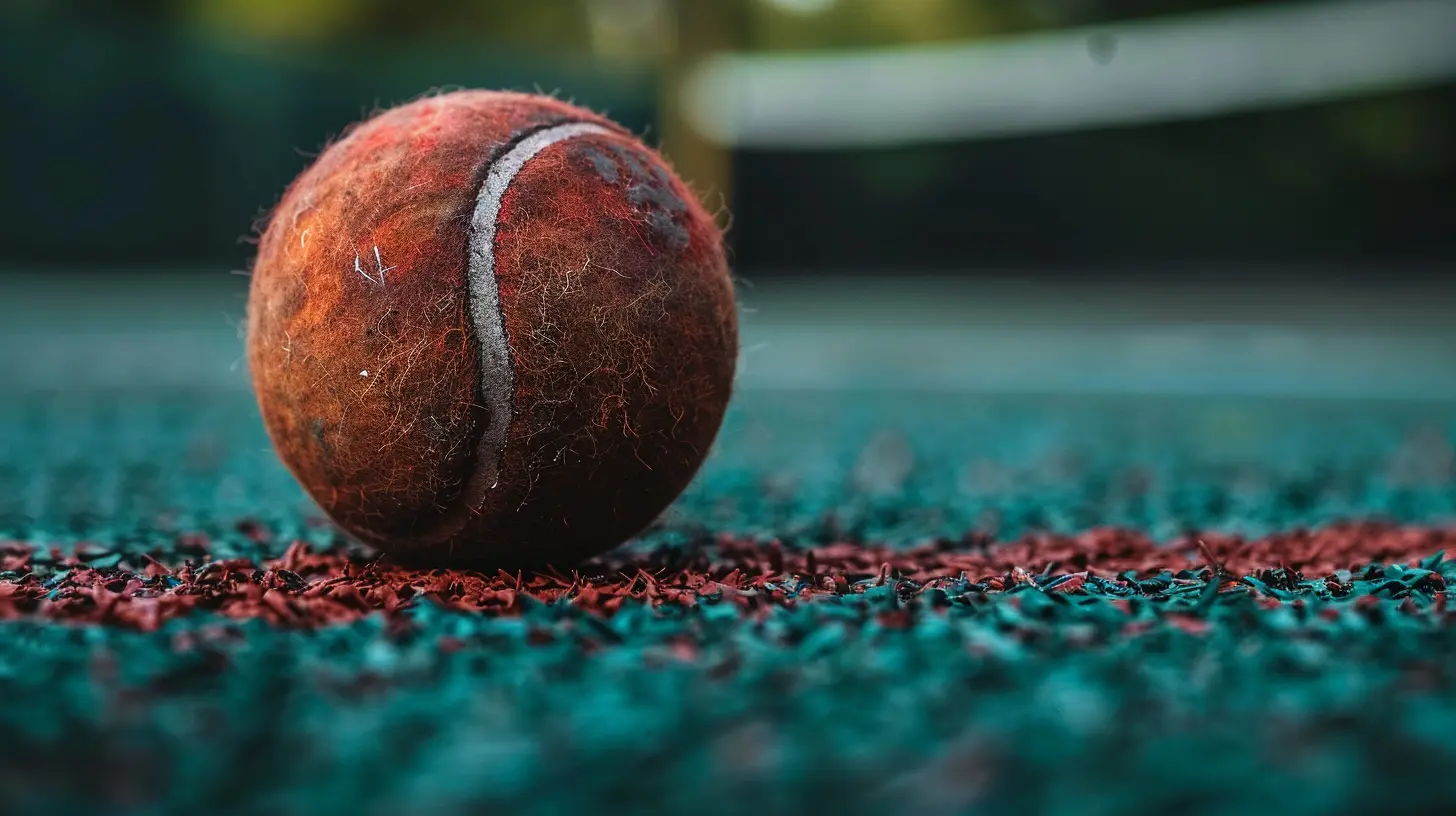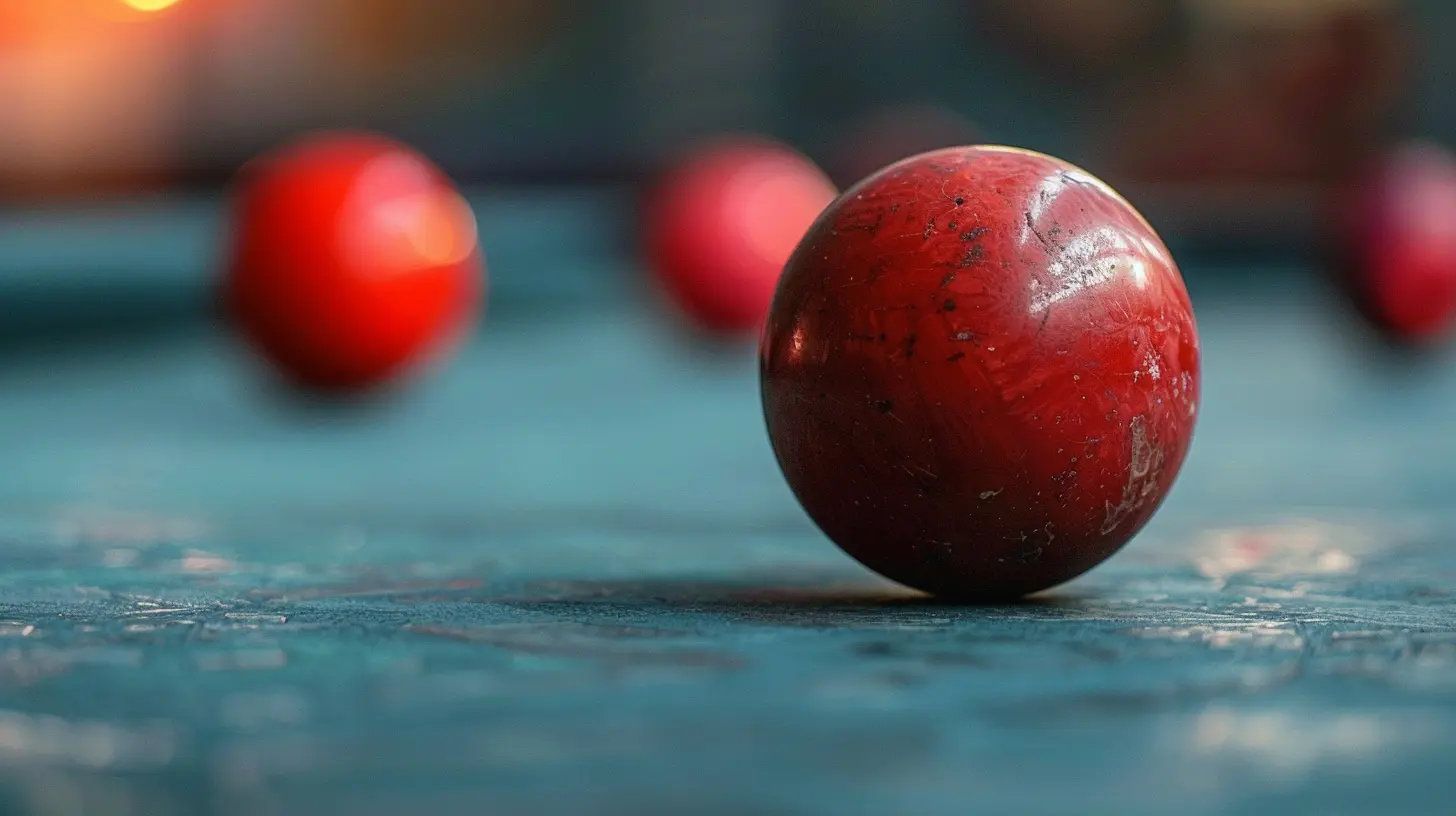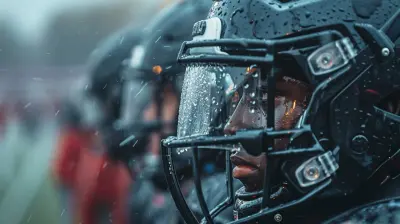Set-Piece Specialists: How Precision from Dead Balls Made the Difference
10 November 2025
When it comes to football, there’s a lot of focus on the dazzling dribbles, the intricate passing moves, and the powerful shots that light up the game. But there’s one aspect of the game that often flies under the radar, yet can be the difference between victory and defeat: set pieces.
Set pieces, unlike the fluid, unpredictable nature of open play, offer a moment of calm amidst the chaos—a chance to reset, plan, and execute with precision. And in the hands (well, feet) of a true specialist, they can become a lethal weapon. But what is it about these dead-ball situations that makes them so important? How have players mastered the art of bending the ball into the perfect spot? Let’s dive deep into the world of set-piece specialists and explore how their precision has changed the game.

What Exactly Are Set Pieces?
Before we dive into the artistry behind them, let’s clarify what we mean by "set pieces." Essentially, set pieces refer to any situation where the ball is returned to play from a dead-ball situation. This includes:- Free kicks: Awarded when a foul is committed.
- Corner kicks: Opportunities created when the ball crosses the goal line but without scoring, having last touched a defender.
- Penalties: Arguably the most high-pressure of all set pieces, awarded for more severe fouls inside the penalty box.
- Throw-ins: Although often less glamorous, a well-placed throw-in can also unlock defenses.
- Goal kicks: While typically not seen as a scoring opportunity, they can be a platform for launching counter-attacks.
While some of these, like goal kicks and throw-ins, rarely lead directly to scoring, others—especially free kicks and corners—offer a golden opportunity to change the game.

The Importance of Set Pieces in Modern Football
Set pieces have always been part of football, but their prominence has grown significantly in recent years. Why? Well, defenses in modern football are more organized and structured than ever. Teams spend hours perfecting their defensive setups, making it incredibly tough to break them down through open play.In this context, set pieces provide a rare moment when the attacking team has a real chance to catch the defenders off-guard. Think about it—during a free kick or corner, the defending team is forced to react to an orchestrated play rather than dictate the tempo of the game. A brilliant set-piece taker can exploit this, threading the ball through gaps or placing it precisely where defenders and even the goalkeeper can’t reach.
In tournaments like the World Cup or Champions League, set-piece goals often make the difference between advancing to the next round or an early exit. Just ask England, who have relied on set-pieces in recent international tournaments, with players like Kieran Trippier and Harry Maguire popping up with crucial goals.

The Art of Free Kicks: Where Precision Meets Power
When we talk about set-piece specialists, free-kick takers are usually the stars of the show. These are the players who can step up from 25 yards out, take a deep breath, and curl the ball over the wall and into the top corner as if it’s the easiest thing in the world. But trust me, it’s anything but easy.The Technique Behind a Perfect Free Kick
There’s a lot that goes into taking a free kick, and it’s not just about smashing the ball as hard as you can. In fact, the best free-kick takers combine:- Precision: The ability to aim the ball at a specific spot, whether it’s the top corner, the bottom corner, or anywhere in between.
- Power: It’s not just about accuracy; if the shot doesn’t have enough power, the goalkeeper will have an easy save.
- Spin: This is where things get really technical. By applying spin to the ball—either topspin, backspin, or sidespin—players can make it curve unpredictably, making it tougher for goalkeepers to react.
Players like David Beckham, Andrea Pirlo, and Lionel Messi have made free kicks look like an art form, with their ability to bend the ball around walls and past goalkeepers. Beckham, in particular, was famous for his "whip," where he would apply sidespin to the ball, making it swerve viciously in mid-air.
Practice Makes Perfect
Of course, no one becomes a free-kick master overnight. It takes hours and hours of practice. Cristiano Ronaldo, known for his "knuckleball" free kicks (which minimize spin so the ball moves unpredictably), reportedly spent years perfecting his technique on the training ground.What’s fascinating is that every player has their own approach. Some prefer a shorter run-up, while others take a longer, more deliberate approach. Some opt for power, while others rely on finesse. It’s all about finding what works for you and then honing that technique until it becomes second nature.

Corners: The Unsung Heroes of Set Pieces
Corners might not have the same glamour as free kicks, but they are just as important. In fact, many teams make a point of practicing set plays from corners because they can be such a valuable source of goals.The Role of Delivery
A good corner kick starts with a good delivery. The player taking the corner has to judge the trajectory, speed, and placement of the ball. Some teams opt for outswinging corners, where the ball moves away from the goal, while others prefer inswingers, where the ball curls toward the goal.The goal is to place the ball in a dangerous area—usually around the penalty spot or the near post—where attackers can get their head or foot to it. Players like Trent Alexander-Arnold have made a name for themselves with their pinpoint corner deliveries, setting up countless goals for their teammates.
Aerial Threats
Of course, the delivery is only half the battle. The attacking team also needs players who can dominate in the air. Think of players like Sergio Ramos, who has a knack for getting on the end of corners and powering home headers. These "aerial threats" are crucial in making corners count.Interestingly, teams have become more creative with their corner routines in recent years. Some teams use short corners to shift the defense out of position, while others create intricate passing combinations to confuse the opposition. The bottom line? Corners are far from predictable, and a well-rehearsed routine can pay huge dividends.
Penalties: The Ultimate Test of Nerves
Penalties are the most high-pressure set pieces of them all. It’s just you, the goalkeeper, and the ball. Everyone in the stadium holds their breath as you step up.The Psychology of Penalties
Taking a penalty is as much about psychology as it is about technique. Do you go for power or placement? Do you try to trick the goalkeeper by sending them the wrong way, or do you focus on hitting the perfect spot?Some players, like Jorginho, use a "hop" technique, waiting for the goalkeeper to make the first move before calmly slotting the ball into the opposite corner. Others, like Cristiano Ronaldo, prefer to hit the ball with power, making it almost impossible to save if placed well.
But even the best penalty takers can crack under the pressure. We’ve seen it countless times in penalty shootouts—players who are usually ice-cool lose their nerve when the stakes are at their highest.
The Evolution of Set Pieces in Football
In recent years, we’ve seen teams place even more emphasis on set pieces. With the margins between the world’s top teams so fine, coaches are constantly looking for any advantage they can find. And set pieces are one area where you can gain an edge with the right preparation and practice.The Role of Set-Piece Coaches
In fact, many top teams now employ specialist set-piece coaches. These coaches analyze the opposition’s defensive weaknesses and devise strategies to exploit them. They’ll work on everything from free-kick positioning to clever corner routines, ensuring that every set-piece opportunity is maximized.Data-Driven Decisions
With the rise of data analytics in football, teams are also using stats to optimize their set-piece efficiency. Advanced metrics can show where teams are most vulnerable on corners or which areas of the goal are most likely to result in a successful penalty. This data-driven approach has taken set-piece strategies to a whole new level.Conclusion: Why Set-Piece Specialists Matter
In a sport where games can be decided by the slimmest of margins, set pieces have become crucial. And the players who can master the art of delivering deadly free kicks, corners, and penalties are worth their weight in gold.Whether it’s a perfectly placed free kick, a pinpoint corner delivery, or a nerveless penalty, set-piece specialists have the ability to turn a match on its head. Their precision from dead balls can be the difference between a hard-fought victory and a heartbreaking defeat.
So, the next time you watch a match, don’t just focus on the flashy dribbles and thunderous shots. Keep an eye on those set-piece moments—the calm before the storm. You just might witness a moment of magic.
all images in this post were generated using AI tools
Category:
Game AnalysisAuthor:

Frankie Bailey
Discussion
rate this article
1 comments
Patience Cain
Ah yes, who knew that kicking a stationary ball could be so groundbreaking? Next, we’ll explore how breathing between plays could change the game.
November 10, 2025 at 12:13 PM


